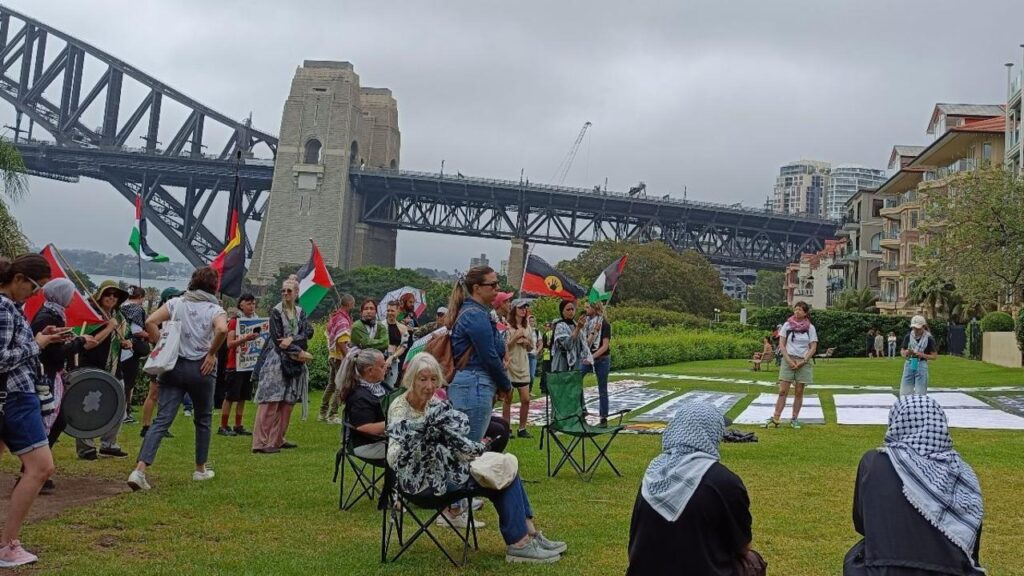Common item smashing Aussie wallets
Written by admin on September 24, 2024
Even though Australians are buying less petrol and diesel, bowser prices rose far and above inflation in the 12 months to June, adding to the cost-of-living crunch.
An Australian Competition and Consumer Commission quarterly report released on Tuesday shows in the 12 months to June 2024, fuel prices rose by 7.7 per cent, more than twice the 3.8 per cent rise of the consumer price index.
An increase in fuel-efficient cars, electric vehicles and steady working from home arrangements mean Australians purchased 64 million fewer litres of fuel in the June Quarter – a 2.8 per cent drop.
Globally persistent inflation worries in the US lowered confidence in crude oil and sunk the price for the quarter. But in Australia at the same time, the consumer price index rose 1 per cent, while fuel prices rose 1.7 per cent, adding to inflation.
Prices at different service station companies vary widely, but as an average, retailers boosted their margins by 1.8 cents/litre, to 17.2c this past quarter.
For the past financial year, fuel retailers have slightly fatter margins now than pre-pandemic, in real terms.
The ACCC points to four key international factors influencing our fuel prices.
The Organisation of the Petroleum Exporting Countries “cartel”, as the ACCC labels it, and respective demands in the Chinese, European and US economies are major factors.
Also at play is the Russian invasion of Ukraine and conflict in the Middle East, plus periods of reduced demand following central banks’ inflation-fighting interest rate hikes around the world.
All of that bubbles up to the average retail petrol prices in Sydney, Melbourne, Brisbane, Adelaide and Perth going up 3.3 cents/litre to 196.5 in the June quarter.
Sydney increased the most with a 5.7c rise, and Adelaide prices dropped 0.7c.
Brisbane has remained the most expensive of Australia’s five largest cities for more than a year, and Perth remained the cheapest.
Prices hit a record nominal high of 215.c cents/litre on April 30, as each city’s regular cycle synched up.
Thankfully, prices have begun to decrease in the months following the June quarter.
“On a monthly basis, average retail petrol prices across the five largest cities were 193.6 cents per litre in June 2024, and decreased by around 10 cents per litre to 183.7 in August 2024,” an ACCC spokesman said.
Adjusted for inflation, the most expensive petrol prices ever in Australia occurred during the global financial crisis in the second half of 2008. Prices were lowest in the first June quarter of the Covid-19 pandemic.
Petrol prices are also cheaper in the capital cities now than 10 years ago, when adjusted for inflation.
Prices in Sydney, Melbourne and Brisbane ebb along on gradual changes. Adelaide’s weekly price graph looks like a rugged mountain range, and Perth’s metronomic cycle spikes every Wednesday.
In the regions, petrol costs more in South Australia, WA, Tasmania and the Northern Territory than in their respective capital cities. The ACT is not big enough to have regional prices.
Diesel prices fell a little more than 1c per litre in the June quarter, falling in all the capital cities except Canberra.







